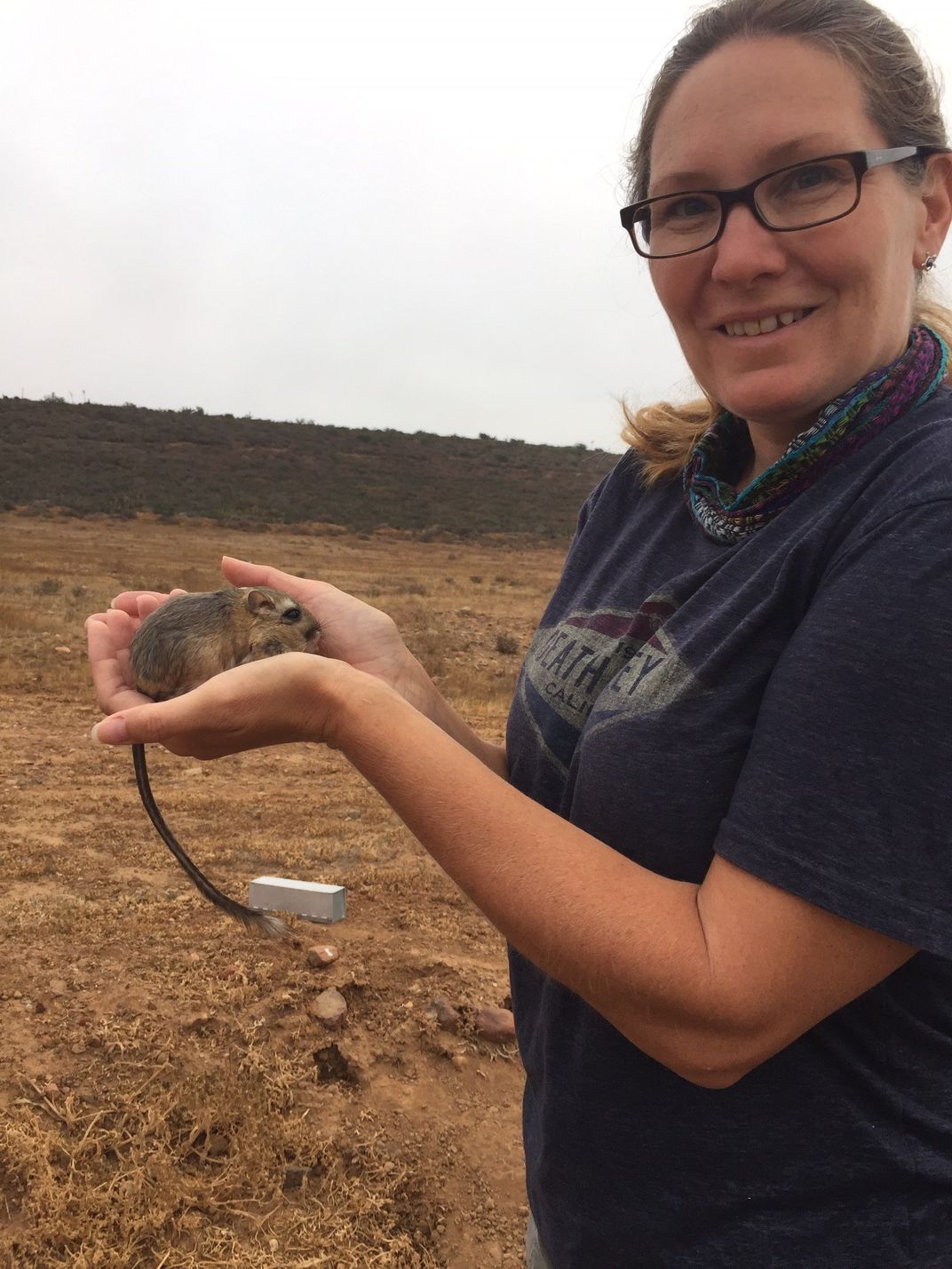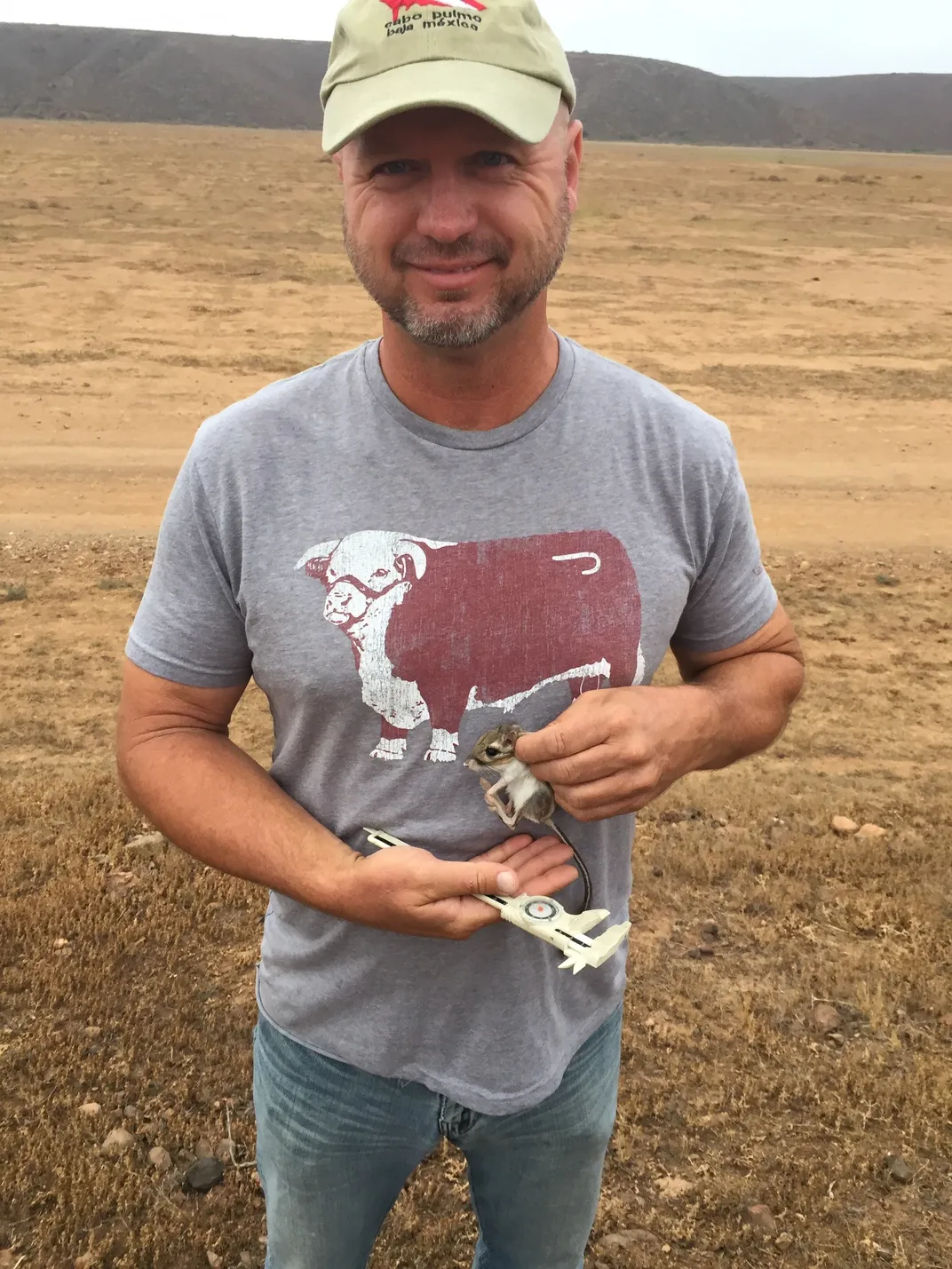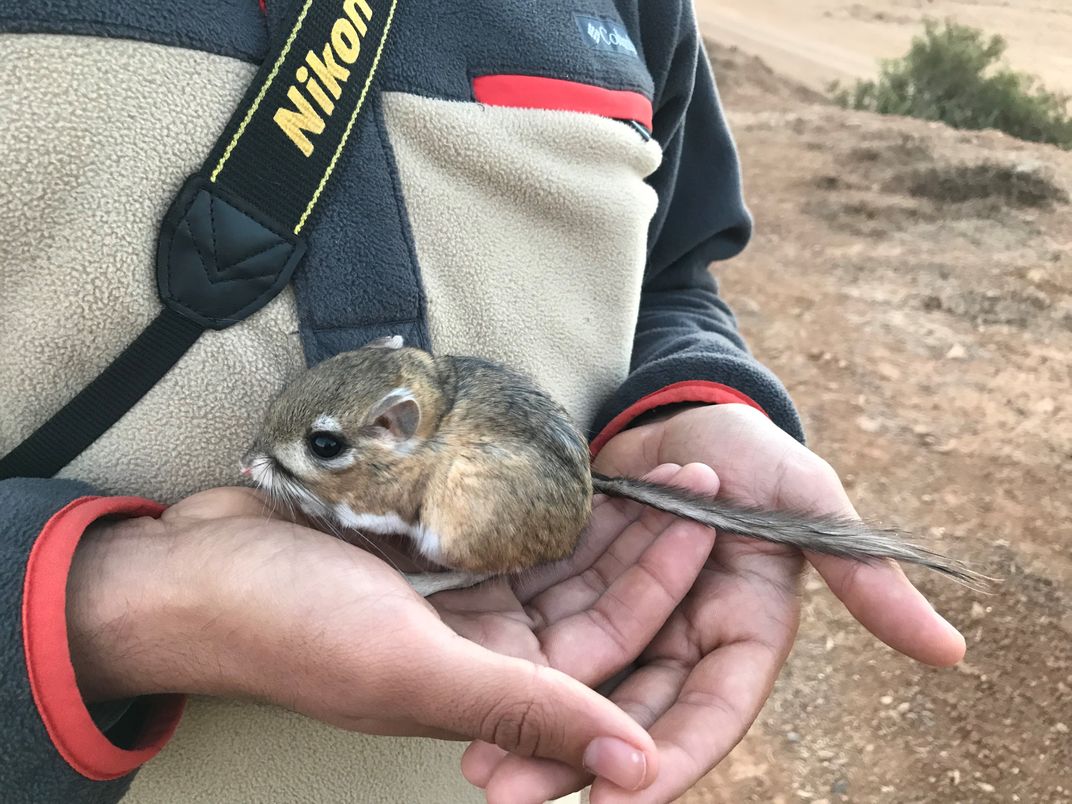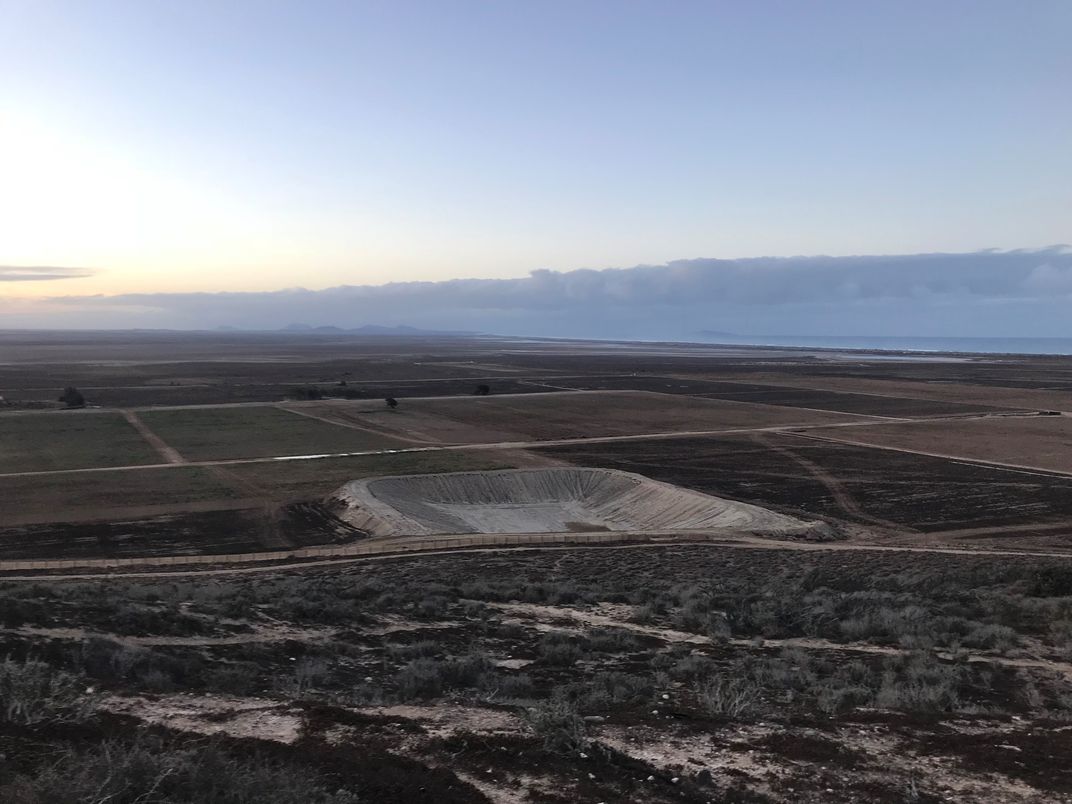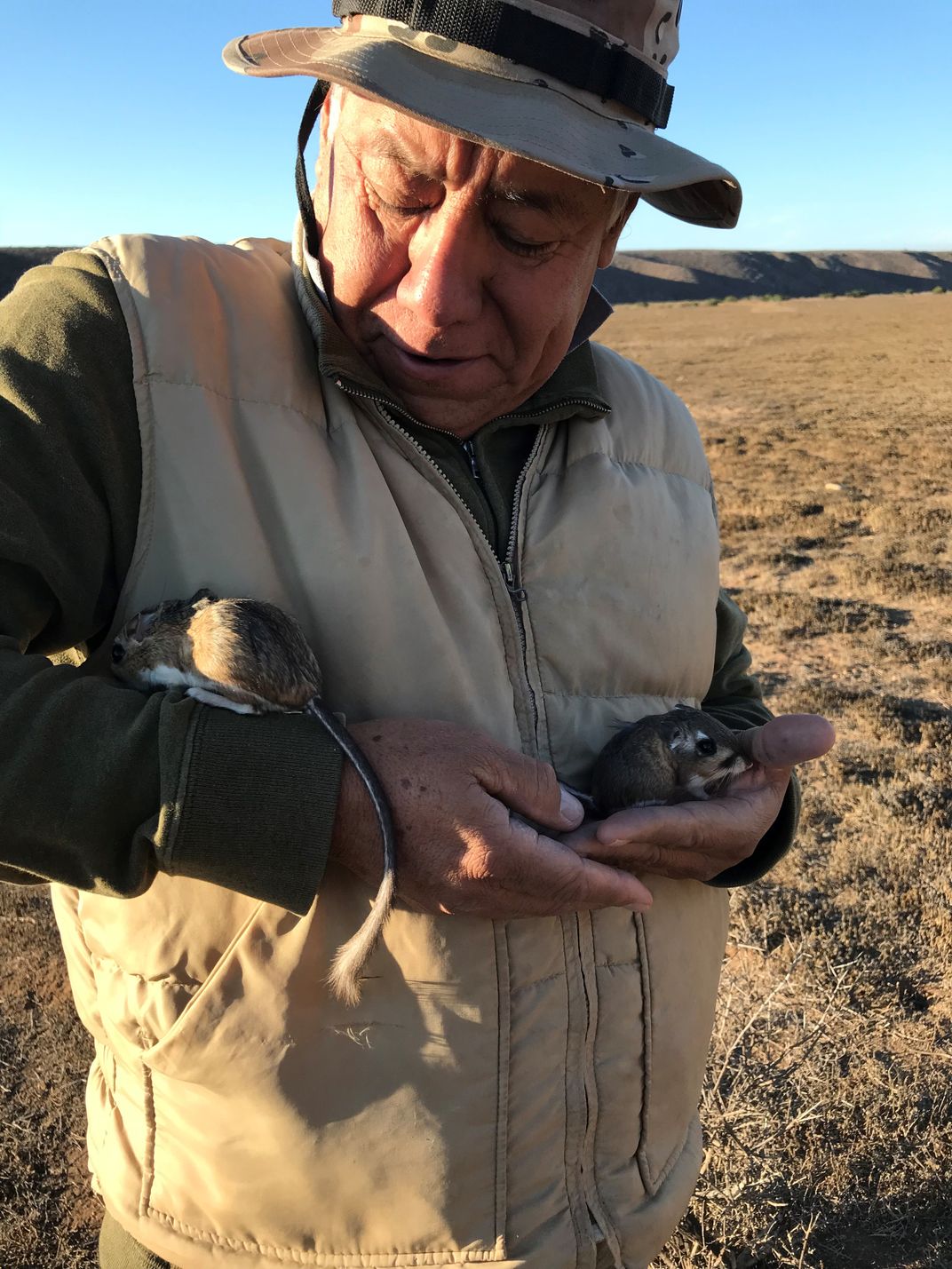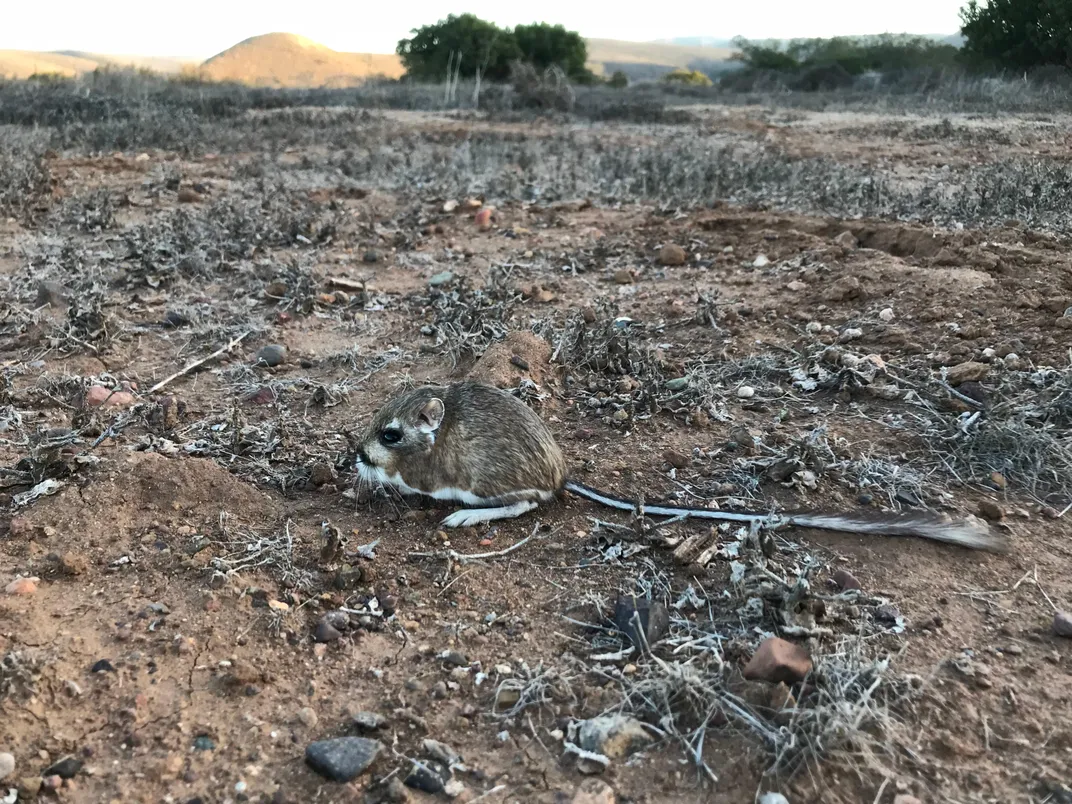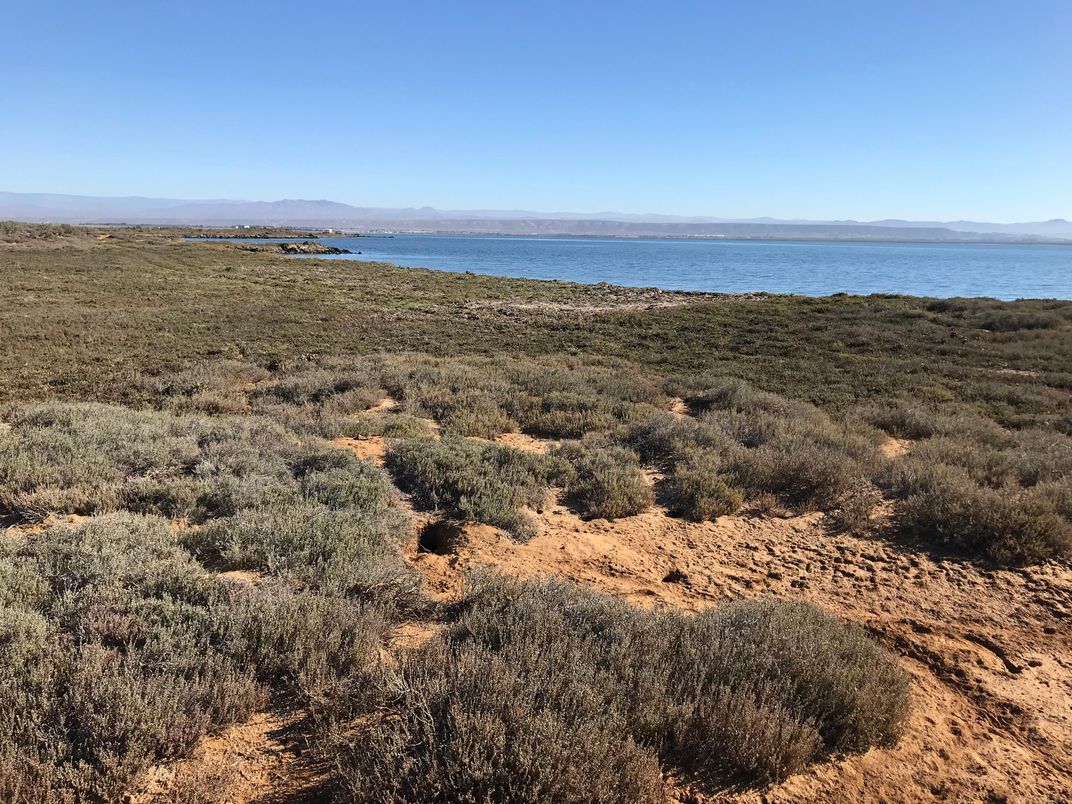This Kangaroo Rat Was Just Spotted For the First Time in 30 years
A native to Baja California, the San Quintín kangaroo rat hopped back into researchers’ lives last summer
A small furry mammal that hadn't been seen for three decades was just rediscovered along a narrow strip of Baja California's coast. Contrary to previous assumptions, the San Quintín kangaroo rat is not extinct after all, according to a press release from the San Diego Natural History Museum.
San Quintín, which is 118 miles south of Ensenada, California, has recently experienced a boom in agriculture. As a result, the native, coastal habitat of the San Quintín kangaroo rat changed from coastal scrubland to fields of strawberries and hot houses full of tomatoes, the museum reports. The San Quintín kangaroo rat was last seen in 1989 and despite survey efforts, hadn't been seen since. The Mexico government declared the animal extinct in 1994.
But last summer, researchers from the museum captured four San Quintín kangaroo rats during routine surveys.
"There’s a feeling of anticipation and excitement when you check the memory card of a camera trap that you left placed for days, or when you open a Sherman trap to see what animal is inside," write the researchers in a blog post. "It’s not unlike the feeling of being a child discovering something new…a child who discovers the world around him or her and is amazed by its wonders." The team adds that that feeling "multiplies exponentially" when rediscovering a species presumed extinct.
Three researchers — museum mammalogist Scott Tremor and research associate Sula Vanderplank as well as senior researcher Eric Mellink of the Center for Scientific Research and Higher Education of Ensenada, Baja California — will publish their finding in an upcoming issue of the Bulletin of the Southern California Academy of Sciences.
The San Quintín kangaroo rat, like many of its relatives, has strong hind legs and a long tail sporting a tuft at the end. Powerful muscles give this species the ability to leap more than 6 feet at a time, writes Elizabeth Pennisi for Science.
A fact sheet from the museum adds that the San Quintín kangaroo rat is larger than other kangaroo rats in the region. It's also feisty: Tremor was surprised that the animal was able to kick its way out of his hands easily. Not many small mammals could escape the experienced mammalogist's grasp.
The last person to see the San Quintín kangaroo rat in the wild was Troy Best, now professor emeritus at Auburn University in Alabama. He recalls how common the hopping mammal was during the 1970s in the plains near San Quintín. "There were numerous burrows with interconnecting trails and there was no indication as to how endangered the species really was," he writes in an email to Smithsonian.com.
When Best returned in the late 1980s, the burrows and trails were gone. He searched until he found a small band of nautral habitat near an old arroyo. Perhaps farmers had neglected to plow this strip of ground for fear that the arroyo would collapse, but for whatever reason, there was a small population of San Quintín kangaroo rats remaining there.
Best took a picture of one of the animals. It was the last photo of the species taken until their rediscovery.
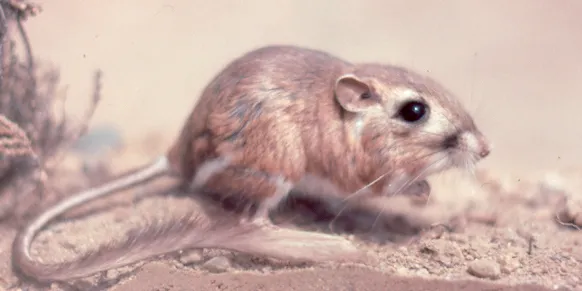
"I really believed that we had lost a part of our natural heritage," he writes. He wishes that the rediscovery was an indicator that there is always hope of remnant populations, but emphasizes that habitat loss drives extinction. "Without survival of their habitat, it is unlikely that we will find populations of species that were believed to be extinct."
The same group already rediscovered two other small mammals thought to be extinct in the Baja California Peninsula, according to the press release. They found the high elevation California vole (Microtus californicus huperuthrus) and the round-tail ground squirrel (Xerospermophilus tereticaudas apricus).
Each rediscovery is more than just a cool find. A local non-profit, Terra Peninsular A.C. is working with the museum to develop a conservation plan for the kangaroo rat and other small mammals in the area. “These rediscoveries speak to hope and resilience in a changing world,” Vanderplank, who is also a science advisor at Terra Peninsular, says in the press release.
In the blog post, the researchers note that the rediscovery of an extinct species ignites promise for the recovery of an entire ecosystem. The mammals could be important seed dispersers, for example. They write that with the rediscovery "we have found a blank book in relation to this species, a book that is waiting to be written."
